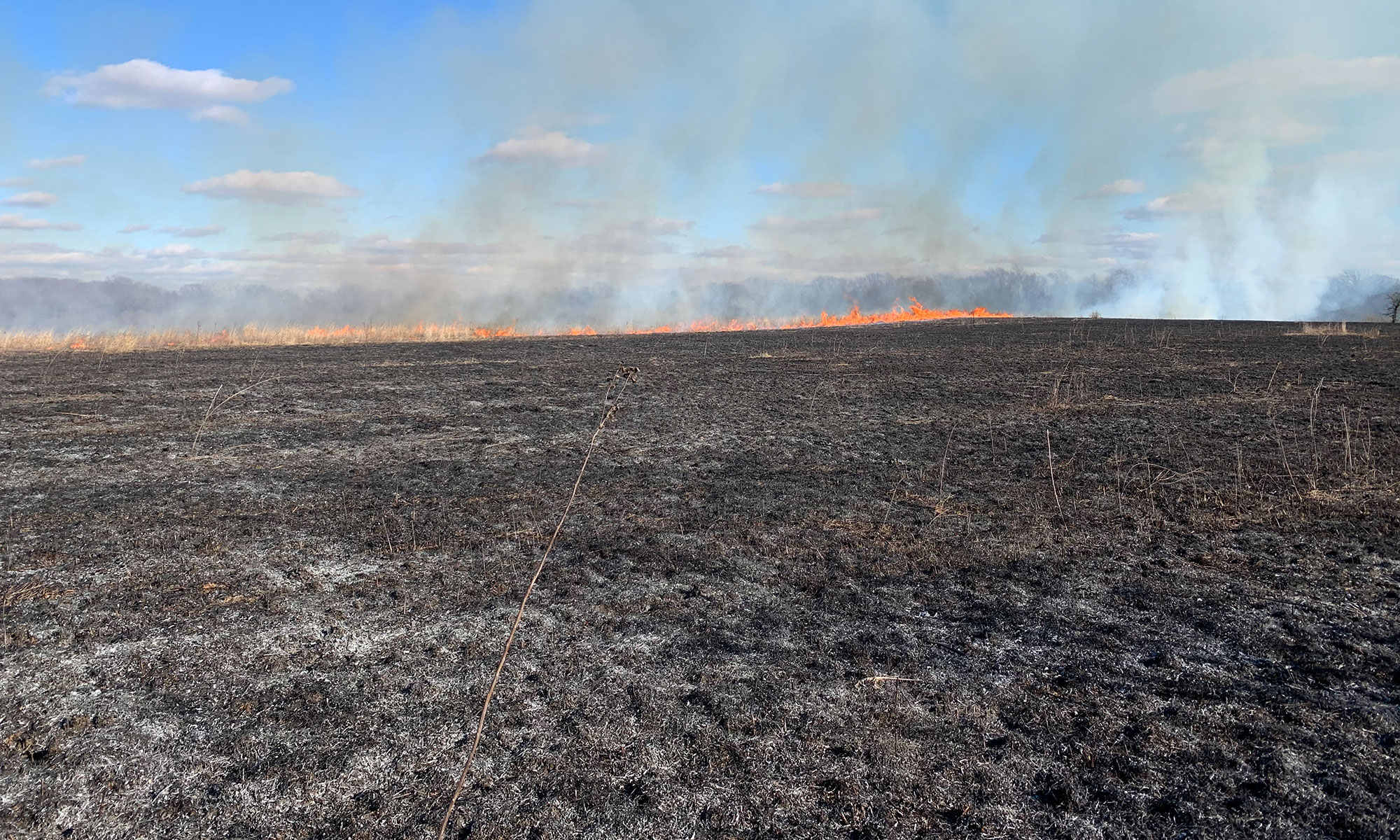Analytical Capabilities
Sediment Analyses
- pH, extractable Phosphorous, soil organic matter and calcium carbonate (loss-on-ignition)
- sedimentary charcoal
Microscopy
- Soil micromorphology and petrography (including ceramics and lithics)
- Macrobotanical analyses and experimental studies of environmental charcoal. Access to macrobotanical reference collections in the ISAS Archaeobotany Lab.
- Smear slides for rapid assessment of the presence of pollen and other paleoecological proxies
- Access to additional on-campus microscopy (e.g., FTIR, SEM, Florescence, and micro-CT scanning at the Beckman Institute, the Institute for Genomic Biology, and the ISGS)
Preparations of samples for analyses in other laboratories (facilities noted)
- Particle size analyses (ISWS/ISGS Sediment Lab)
- Encapsulating soils and charred plant tissues in epoxy resin (under vacuum), lapping and polishing.
- Pretreatments for stable isotopes, multi-elemental analyses, and chromatography for paleoproteomics at PRI (ISWS/ISGS/ISTC) and the Metabolomics Laboratory. Acid-base-acid pretreatments for 14C dating (KECK-UCI). Preparation of samples for paleoenvironmental studies (e.g., pollen, ostracods, diatoms) with on- and off-campus collaborators.
Field Capabilities
- Geoarchaeological and geomorphological field descriptions and sampling
- Coring Environmental soil probe (ESP) – an alternative to larger coring devices, the ESP is good for small projects or settings that can’t be accessed by truck-mounted cores. Maximum depth of 5 meters.
- Oakfield soil probe with zero contamination sampling tube – good for repeated sampling of shallow contexts within sites.
- Giddings Rig – available for DOT projects
- Geoprobe and modified Livingston piston corer – available through the ISGS
Lab Equipment
- Water purification system (deionized and access to ultra-pure water)
- Fume hood with chemical storage
- Small fridge in lab and access to ISWS walk-in fridge
- Two PC workstations
- Microscopy Nikon SMZ-2T stereomicroscope w/ LED light source
- Leica DM750P petrographic microscope
- Leica MC170HD digital camera (interchangeable b/t scopes)
- Access to an Olympus SZX7 stereoscope and Dino-lite AM-413ZTA (2.0) digital microscope in the ISAS Archaeobotany Laboratory
- Apparatuses Drying oven (3.7 cf) and muffle furnace (and access to furnace room in NRB)
- Hot water bath, hot plates, centrifuge, magnetic stirrer, desiccating chambers, vacuum pump, sieves, pH meter, Colorimetric Phosphorous kit, shaker table, thermometers, vortexer, UV light, mortar & pestle, glassware, crucibles, PPE, etc.
- Scales – Ohaus Scout digital scale (0.01g) and VWR Analytical Balance (0.0001g)
Collaborations with other PRI Surveys take archaeology to new places – like collecting vibrocores from lakes with the Illinois State Water Survey.
Ultraviolet light rapidly cures slides for making preliminary observations of mineralogy and the preservation potential of paleoecological indicators. It’ll set your nails too.
A muffle furnance is useful for loss-on-ignition measurements of soil organic matter, as well as experimental charcoal production.
A petrographic microscope allows the observation of soil thin sections in both plane and cross polarized light, as well as the collection of photomicrographs.
Blocks of soil collected from wall profiles at cultural sites can be used to study stratigraphy, pedogenesis, and archaeological materials at the microscopic level.
The Environmental Soil Probe has a 5-meter maximum depth of recovery (photo by C. Roos).
Charcoal collected from modern prescribed burns can be used as reference material for studying ancient fire.
Cores collected and described in the field can delineate site boundaries and assess integrity.









